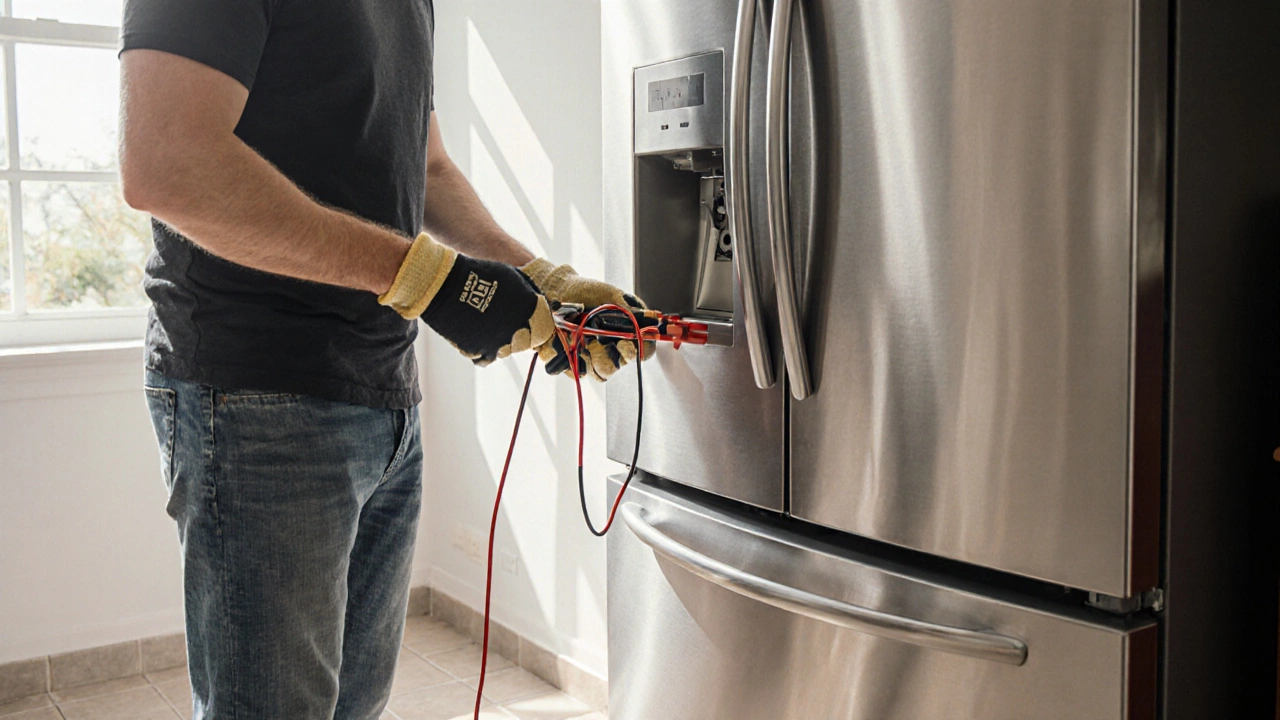Learn how to safely diagnose and fix common fridge problems yourself. From cooling issues to noisy fans, step-by-step guides and a handy checklist help you decide when to DIY and when to call a pro.
DIY Refrigerator Fix: Simple Steps to Get Your Fridge Working Again
When tackling DIY refrigerator fix, the practice of repairing a fridge yourself, covering common faults and step‑by‑step solutions. Also known as home fridge repair, it lets you save money and avoid service calls. Most fridge failures boil down to three core components: the compressor, the motor that circulates refrigerant to create cooling, the defrost system, the network of heaters and timers that prevents ice build‑up, and the thermostat, the sensor that tells the fridge when to cool. Understanding how these parts interact is the first semantic triple: a DIY refrigerator fix encompasses compressor troubleshooting, defrost system repair, and thermostat reset. The second triple links the defrost system to ice accumulation, which directly influences cooling efficiency. The third triple shows that a faulty thermostat triggers unnecessary compressor cycles, raising energy bills. With these basics clear, you can move from guesswork to a focused diagnosis.
What Usually Breaks and How to Spot It
The most common sign of a failing compressor is a humming noise followed by no cooling. Use a multimeter to check the start relay; a click without motor spin means the relay needs replacement. If the fridge is warm but the compressor runs smoothly, the defrost system is likely the culprit. Look for frost thicker than a quarter inch on the evaporator coils – that’s a dead defrost heater or a stuck timer. A quick test is to manually trigger the defrost cycle (usually a small button inside the fridge) and listen for the heater clicking on. Lastly, a misbehaving thermostat shows up as temperature swings: the fridge gets too cold at night and too warm during the day. Pull out the thermostat probe, compare its reading to an external thermometer, and replace it if the numbers diverge by more than 2°C. These three diagnostic steps form a clear subject‑predicate‑object chain: the DIY refrigerator fix requires checking the compressor, the defrost system, and the thermostat.
Armed with these checks, you can decide whether a simple part swap will bring your fridge back to life or if a professional eye is needed for sealed‑system work. Below you’ll find a collection of articles that walk you through each component in depth, from cost guides for heat‑pump compressors to step‑by‑step defrost timer resets. Whether you’re fixing a noisy compressor, clearing stubborn frost, or recalibrating a thermostat, the resources here give you practical tips, safety warnings, and cost‑saving advice. Dive into the posts and turn a cold emergency into a quick DIY win.

